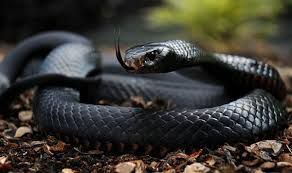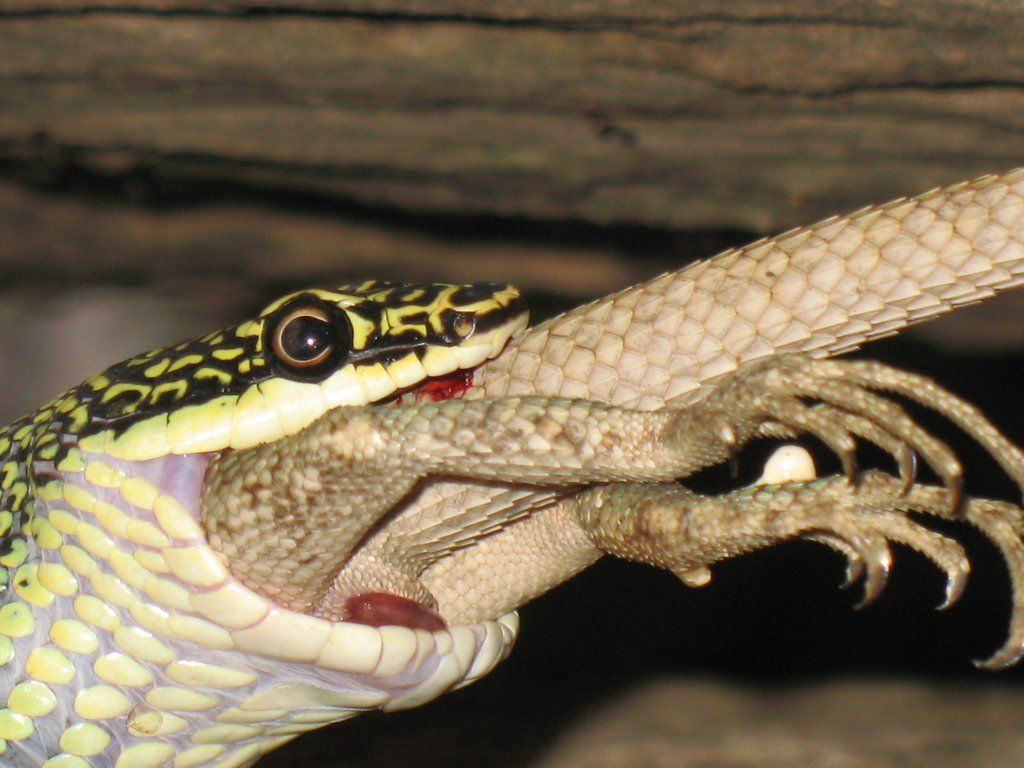Animals that have become extinct
Life on Earth originated in water about 4.5 billion years ago. However, millions of years passed before the first creatures came out of the water and settled on land. These were primitive invertebrates. These are the most famous of them. Like dinosaurs and their relatives, who once lived in the air, water and on land. They became extinct long ago, but for 100 million years they reigned supreme on Earth. Let's get to know some representatives of this world in more detail.
Stegosaurus
Order: Birds. Family: Stegosaurus
Stegosaurus lived during the Late Jurassic period 170 million years ago in North America. Its fossilized traces have been found in Colorado, Oklahoma, Utah and Wyoming. They are often found in large numbers and stretch for many kilometers.
Size: length - up to 9 m, weight - 6-8 tons, head length - about 45 cm, brain size - 3 cm 9 walnuts), dorsal plates - up to 60 cm high, tail spines - length 1 m .
Related species: a 5-meter-long centosaur that lived in Africa.
Dodo
Order: Pigeonidae. Family: Dodo
The dodo lived only in the dense forests of the island of Mauritius. It was completely exterminated before 1690, approximately two hundred years after the discovery of the island. The dodo was not only hunted by people, it also became easy prey for animals brought to the island.
Size: length – 1 m, the size of a turkey, beak length – 23 cm, weight – up to 20 kg.
Lifestyle: lived in pairs, ate seeds and fruits. Before grinding in the stomach, the seeds accumulated in a special large crop. If you try to pronounce the word dodo through your nose, you will get something similar to the sound made by a bird.
Related species: the white dodo lived on Reunion Island, the hermit dodo inhabited Rodrigues Island.
Cryptoclide
Order: Plesiosaurs. Family: Cryptoclidaceae
The remains of cryptoclidus (Cryptoclidus eurymerus) were found in Buckingham, Bedfordshire, Cambridge and Dorset counties of Northern England. The remains of a related species of this dinosaur, Cryptoclidus richardsoni, were found in Dorset. Cryptoclids lived throughout the Jurassic period and the beginning of the Cretaceous period (approximately 170 million years ago).
Value: body length - up to 5 m, weight - no data, possibly 1000 kg.
It ate small and medium-sized fish, cuttlefish and various crustaceans. Active hunter, lived in estuaries and seas.
The skull is fragile and small compared to the size of the body. The eyes are large. The animal swam with its eyes open. When the mouth was closed, the lower teeth of the cryptocleid extended beyond the upper ones, thus forming a kind of trap for catching fish. The fingers were made up of many bones that fused together to form powerful flippers. A very long flexible neck made hunting easier. However, the long-necked animal was clumsy and had difficulty hiding from enemies.
Plesiosaurs
Class: Reptiles. Subclass: Synaptosaurs
Plesiosaur fossils have been found in Baden-Württenberg (Germany), Lyme Regis (UK), Kansas (USA) and Japan. They are usually found in Jurassic strata (at the bottom of an ancient sea) that are 213 million years old. Skeletons of related species are sometimes found along with the remains of plesiosaurs.
Value: length – from 0.5 to 15 m, mass – unknown.
They ate small and medium-sized fish and crustaceans. A marine predator that hunted off the coast and also in river mouths.
Related species: Plesiosaurs included Cryptocledus, Murenosaurus and Elasmosaurus.
The plesiosaur acted with flippers, like a bird with its wings: due to the special shape of the flipper, up and down movements created a hydrodynamic force that pushed the animal forward. The fused fingers of the limbs turned into flippers. The bones of the limbs were connected by joints to the thoracic and waist vertebrae, were large and flat, and powerful muscles were attached to them. The long and flexible neck (accounting for more than half the total body length) could quickly turn in any direction while hunting or fleeing from an enemy. They needed a long neck for underwater hunting. The head is very small compared to the body. The wide jaws were lined with a large number of teeth.
Dimetrodon
Order: Pelycosauria. Family: Sphenacodontidae
The remains of Dimetrodons were found in the territory of modern Texas and Oklahoma (USA). The fossils date back to the early Permian period, approximately 280 million years before the advent of humans. They were found in dry river beds and swampy areas. At the time of Dimetrodon, this territory was dominated by a tropical climate, similar to the present climate in India. This area experienced annual droughts, during which rivers and lakes dried up.
Dimensions: length – up to 3 m, weight – no data.
A sail-shaped growth was located on the back of Dimetrodon from the neck to the pelvis. Scientists suggest that the sail was a kind of temperature control system. In the morning hours, Dimetrodon basked in the rays of the sun, the sun's rays warmed the sail, and through it the heat was transferred to other organs of the animal's body. Probably to avoid overheating, Dimetrodon submerged the sail in water. According to another version, the sail could have another function.
Long, strong eye teeth were used to capture prey and tear it apart. The shorter molars were curved back, with their help Dimetrodon firmly held prey and chewed pieces of meat. The head was quite large. The hole located behind the eye sockets reduced the mass of the skull. Strong muscles were attached to the back of the skull. Both the hind and forelimbs of this animal were short and massive. They had to withstand the weight of the body of this gigantic animal. In addition, strong muscles of the hind limbs supported the long tail.





No comments here yet.